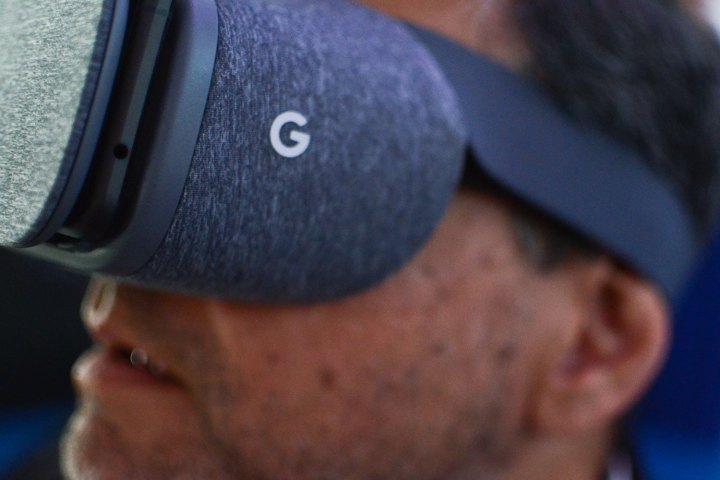
Here is the updated Google Daydream phone compatibility list:
| Asus: | ZenFone AR (coming soon) |
| Google: | Pixel Pixel XL |
| Huawei: | Mate 9 Pro Porsche Design Mate 9 |
| Motorola: | Moto Z Moto Z Force |
| Samsung: | Galaxy S8 Galaxy S8 Plus |
| ZTE: | Axon 7 |
Currently, Samsung sells seven smartphones that are compatible with its Gear VR headset but the platform is proprietary to these devices. Meanwhile, Google’s Daydream platform is open to all Android smartphones that meet a specific list of hardware requirements, such as a processor with at least two cores, support for OpenGL ES 3.2, support for HEVC and VP9 codecs, a screen with a resolution of 1,920 x 1,080 or greater (1,440p recommended), and more.
For Samsung customers with older Galaxy-class smartphones that work with Gear VR, this latest update could be a sign that their phones will eventually support Google’s Daydream initiative. Based on the list above, Daydream-compatible phones sold in the United States rely on Qualcomm’s Snapdragon-branded processors with four to eight cores: The Snapdragon 820, 821, and 835 chips. Huawei is the only manufacturer on the list that solely relies on a proprietary eight-core processor (Kirin 960).
According to Google, 11 different smartphones will support the Daydream platform by the end of 2017. The initiative was first introduced in May 2016 as a high-quality successor to Google Cardboard. Google followed up with an official launch of the platform and its own Daydream View headset in December. The company then revealed Daydream 2.0 “Euphrates” in May 2017 that will support Google’s stand-alone mobile VR headset collaboration with Qualcomm.
Unlike Google Cardboard, the Google Daydream platform is packed with immersive VR content that can now be experienced on Samsung’s two Galaxy S8 phones. These include Ubisoft’s Virtual Rabbids, Eclipse: Edge of Light, Hungry Shark VR, Fantastic Beasts, and more. There are also standard apps designed specifically for virtual reality provided by The Wall Street Journal, The Guardian, the BBC, CNN, USA Today, and so on.
With Daydream View, Google created a headset that is soft and light for a highly comfortable experience. Google says Daydream View is “inspired by the clothes you wear,” using “breathable” fabric that can be hand-washed when needed. The faceplate is removable so you can safely remove facial gunk and sweat stains stemming from long sessions. By contrast, Samsung’s Galaxy-locked Gear VR headset has a hard outer shell while the only removable component (other than the head straps) are the cloth strips outlining the faceplate that are held into place by Velcro.
Editors' Recommendations
- 5 phones you should buy instead of the Samsung Galaxy S24 Plus
- I compared Google and Samsung’s AI photo-editing tools. It’s not even close
- 5 phones you should buy instead of the Samsung Galaxy S24
- 5 phones you should buy instead of the Google Pixel 8 Pro
- 5 phones you should buy instead of the Samsung Galaxy S24 Ultra

